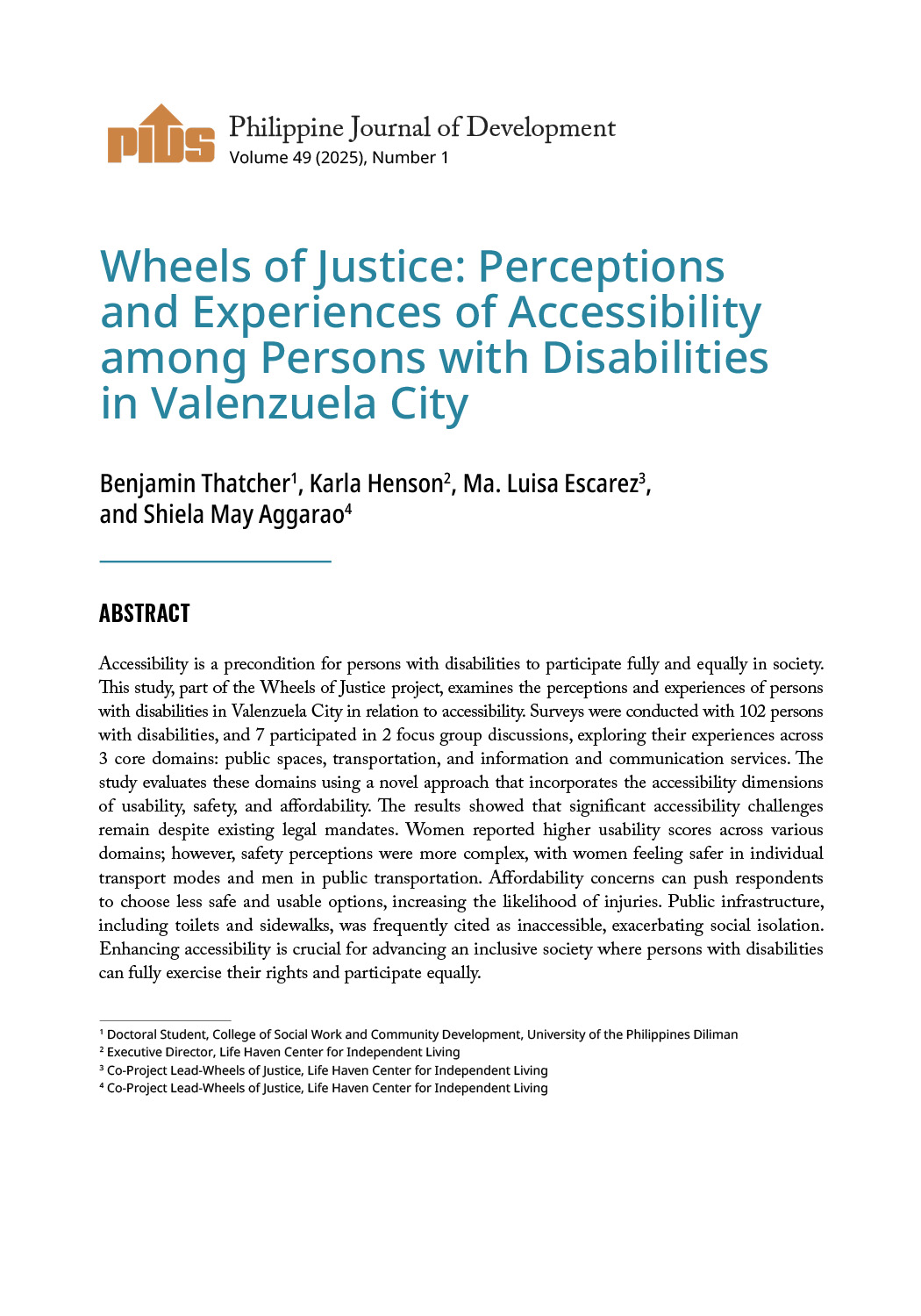Only 13 percent of adults in Metro Manila, Luzon, the Visayas and Mindanao have risk-protection cover, according to a paper released by the Philippine Institute for Development Studies (PIDS).
In a discussion paper, titled “What Determines Financial Inclusion in the Philippines? Evidence from a National Baseline Survey,” PIDS President Gilberto M. Llanto and Research Specialist Maureen Anne D. Rosellon said many Filipinos shy away from formal financial services, such as insurance, nationwide.
“In all four geographic areas, only about 13 percent of adults have availed themselves of insurance products and services. The low take-up could be due to nonavailability of insurance products, lack of information or lack of suitable insurance products, and other factors,” the research pair said.
“The situation in the insurance sector merits a serious study because insurance equips households with ability to cope with exogenous shocks, which could sometimes be catastrophic, and to develop resilience to such shocks,” they added.
The researchers said areas outside of Metro Manila or the National Capital Region usually do not have banks and other financial-services firms. This poses a logistics concern, especially for low-income households.
The absence of formal financial services in these areas forces households to resort to informal sources of financing or credit, such as savings at home, forming informal group savings or borrowing funds from moneylenders.
This, Llanto and Rosellon said, exposes households to consumer-protection issues presented by the absence of regulation of the informal financial-services providers.
Unfortunately, these also affect household’s opportunity to access insurance services. The authors said insurance is a “potent instrument for inclusive finance, especially for poor households.”
“The situation in the insurance sector merits a serious study because insurance equips households with ability to cope with exogenous shocks, which could sometimes be catastrophic, and to develop resilience to such shocks,” the authors said.
The authors also added another “interesting finding” in their study showed females were more likely to engage the formal financial institutions than males. This includes owning savings accounts, as well as accessing credit and other financial products, including insurance.
This, the authors said, was already an improvement from the previous study that showed women, rural households and young Filipinos experienced the most difficulties when accessing loans.
“This may be an indication of the positive results of government and private-sector efforts to empower women with more meaningful participation in economic activities. This finding is encouraging,” the authors said.
The study focused on financial inclusion from transaction with formal financial institutions; ownership of savings account; access to credit; and access to insurance.
The authors used data from the National Baseline Survey on Financial Inclusion, a national representative survey of Filipino adults on financial inclusion for the study.












